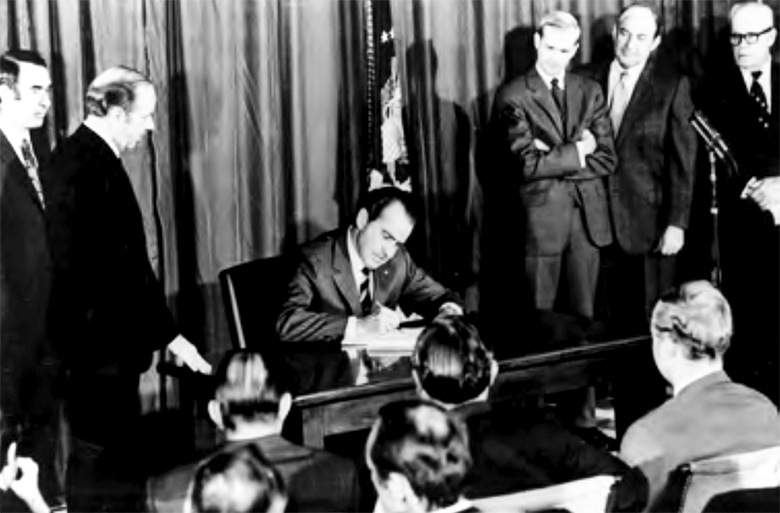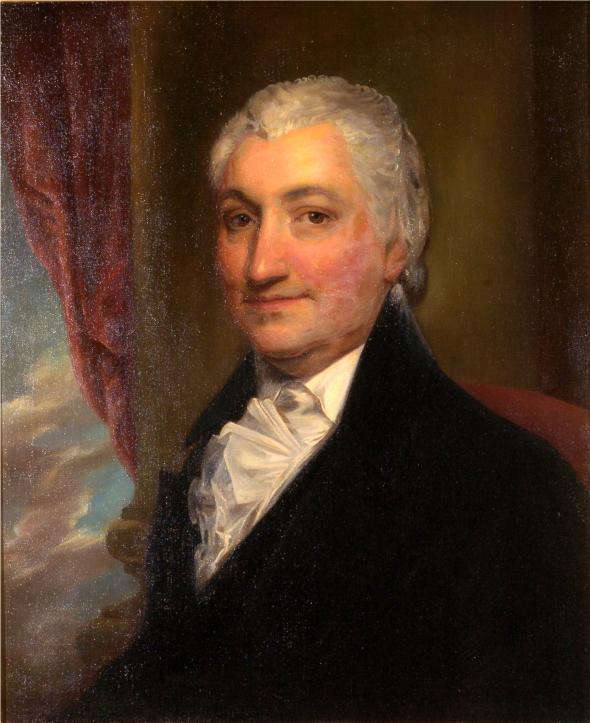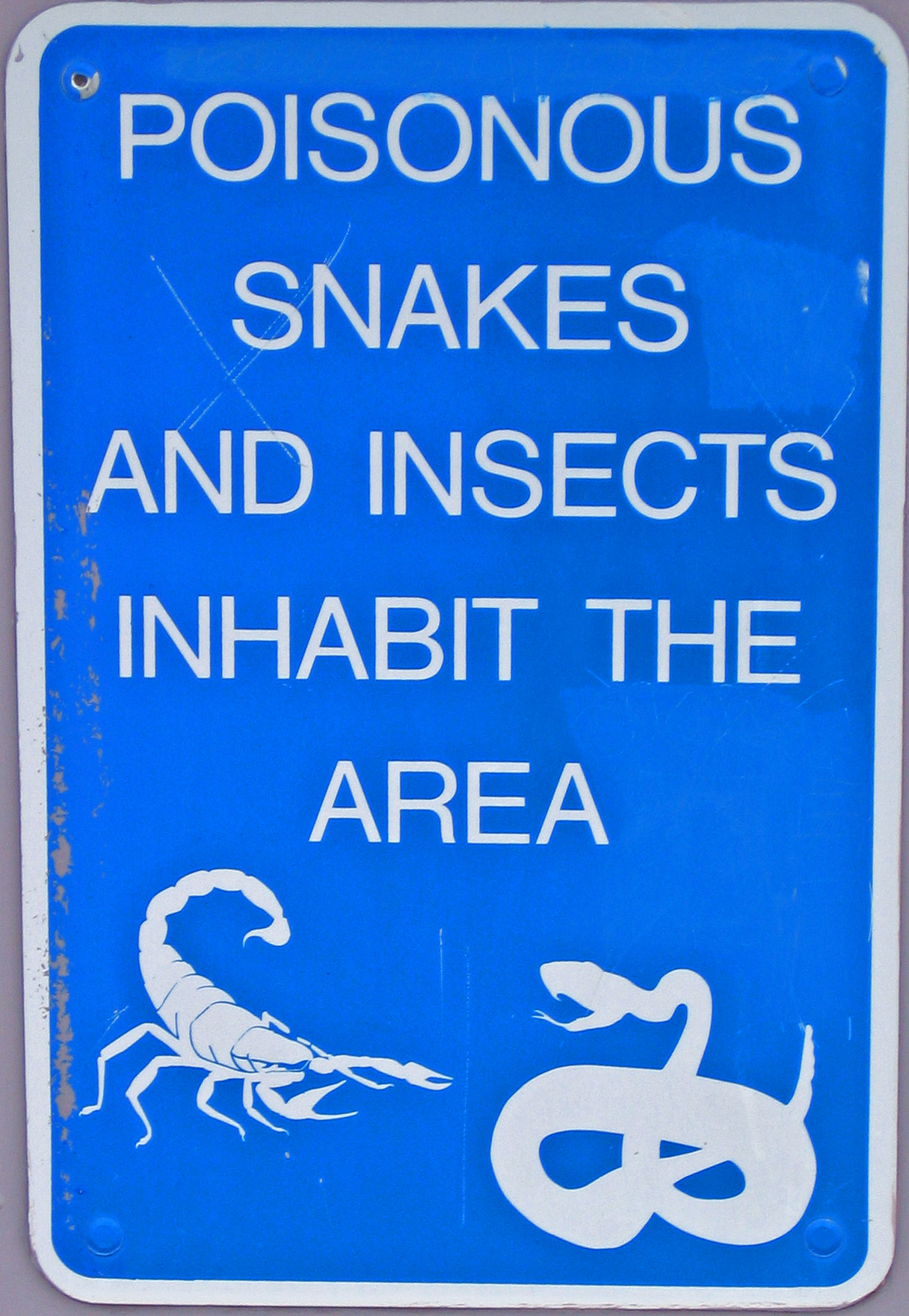|
Clairton Coke Works
Clairton Coke Works is a coking factory in Clairton, Pennsylvania (10 miles south of Pittsburgh) on the Monongahela River. Owned by U.S. Steel, it is the largest coking operation in North America or possibly the world. The 392-acre facility has operated since the beginning of the 20th century and is capable of producing 4.7 million tons of coke annually in its nine batteries. Its workforce over its century-long history has fluctuated with the steel industry's booms and busts; as of 2024 it employs about 1,200 people. The plant is one of the major sources of air pollution in Allegheny County. Early history Steelmaking in Clairton dates back to at least 1903, when the newly-formed U.S. Steel purchased a half-interest in the Crucible Steel Company of America's furnace and steel factory in the city. The broader region was the epicenter of steelmaking in the United States, largely because of the Pittsburgh seam, an extensive deposit of high-quality coal. Clairton's position on th ... [...More Info...] [...Related Items...] OR: [Wikipedia] [Google] [Baidu] |
Steelmaking
Steelmaking is the process of producing steel from iron ore and/or scrap. Steel has been made for millennia, and was commercialized on a massive scale in the 1850s and 1860s, using the Bessemer process, Bessemer and open hearth furnace, Siemens-Martin processes. Currently, two major commercial processes are used. Basic oxygen steelmaking (BOS) uses liquid Pig iron, pig-iron from a blast furnace and scrap steel as the main feed materials. Electric arc furnace (EAF) steelmaking uses scrap steel or direct reduced iron (DRI). Oxygen steelmaking has become more popular over time. Steelmaking is one of the most carbon emission-intensive industries. In 2020, the steelmaking industry was reported to be responsible for 7% of energy sector greenhouse gas emissions. The industry is seeking significant emission reductions. Steel Steel is made from iron and carbon. Cast iron is a hard, brittle material that is difficult to work, whereas steel is malleable, relatively easily formed and v ... [...More Info...] [...Related Items...] OR: [Wikipedia] [Google] [Baidu] |
National Industrial Recovery Act Of 1933
The National Industrial Recovery Act of 1933 (NIRA) was a US labor law and consumer law passed by the 73rd US Congress to authorize the president to regulate industry for fair wages and prices that would stimulate economic recovery. It also established a national public works program known as the Public Works Administration (PWA). The National Recovery Administration (NRA) portion was widely hailed in 1933, but by 1934 business opinion of the act had soured. The legislation was enacted in June 1933 during the Great Depression in the United States, Great Depression as part of President Franklin D. Roosevelt's New Deal legislative program. Section 7(a) of the bill, which protected collective bargaining rights for trade union, unions, proved contentious (especially in the United States Senate, Senate). Congress eventually enacted the legislation and President Roosevelt signed the bill into law on June 16, 1933. The Act had two main titles . Title I was devoted to industrial ... [...More Info...] [...Related Items...] OR: [Wikipedia] [Google] [Baidu] |
United States Environmental Protection Agency
The Environmental Protection Agency (EPA) is an independent agency of the United States government tasked with environmental protection matters. President Richard Nixon proposed the establishment of EPA on July 9, 1970; it began operation on December 2, 1970, after Nixon signed an executive order. The order establishing the EPA was ratified by committee hearings in the House and Senate. The agency is led by its administrator, who is appointed by the president and approved by the Senate. The current administrator is Lee Zeldin. The EPA is not a Cabinet department, but the administrator is normally given cabinet rank. The EPA has its headquarters in Washington, D.C. There are regional offices for each of the agency's ten regions, as well as 27 laboratories around the country. The agency conducts environmental assessment, research, and education. It has the responsibility of maintaining and enforcing national standards under a variety of environmental laws, in consultat ... [...More Info...] [...Related Items...] OR: [Wikipedia] [Google] [Baidu] |
Consent Decree
A consent decree is an agreement or settlement that resolves a dispute between two parties without admission of guilt (in a criminal case) or liability (in a civil case). Most often it is such a type of settlement in the United States. The plaintiff and the defendant ask the court to enter into their agreement, and the court maintains supervision over the implementation of the decree in monetary exchanges or restructured interactions between parties. It is similar to and sometimes referred to as an antitrust decree, stipulated judgment, or consent judgment. Consent decrees are frequently used by federal courts to ensure that businesses and industries adhere to regulatory laws in areas such as antitrust law, employment discrimination, and environmental regulation. Legal process The process of introducing a consent decree begins with negotiation. One of three things happens: a lawsuit is filed and the parties concerned reach an agreement prior to adjudication of the cont ... [...More Info...] [...Related Items...] OR: [Wikipedia] [Google] [Baidu] |
Allegheny County Sanitary Authority
Allegheny County Sanitary Authority (also known as ALCOSAN) is a municipal authority in Allegheny County, Pennsylvania that provides wastewater treatment services to 83 communities, including the city of Pittsburgh. Its principal sewage treatment plant is along the Ohio River downstream from Pittsburgh (sesatellite photo. Pittsburgh's early water practices In Pittsburgh's early history, the Allegheny and Monongahela rivers were used as both drinking water sources and as sewers. While the rich often drank bottled water, the poor used primarily unfiltered river water. Pittsburgh at one time had the highest rate of typhoid in the country; in the late 19th century, about half of all foreign-born men became sick with typhoid within two years of arriving in the city. Typhoid death rates dropped from about 130 per 100,000 population to about 30 per 100,000 after filtration of the water supply began in 1907. As the city's population grew, its early haphazard collection of ce ... [...More Info...] [...Related Items...] OR: [Wikipedia] [Google] [Baidu] |
Occupational Safety And Health Administration
The Occupational Safety and Health Administration (OSHA; ) is a regulatory agency of the United States Department of Labor that originally had federal visitorial powers to inspect and examine workplaces. The United States Congress established the agency under the Occupational Safety and Health Act (OSH Act), which President Richard Nixon, Richard M. Nixon signed into law on December 29, 1970. OSHA's mission is to "assure safe and healthy working conditions for working men and women by setting and enforcing standards and by providing training, outreach, education, and assistance." The agency is also charged with enforcing a variety of whistleblower statutes and regulations. OSHA's workplace safety inspections have been shown to reduce injury rates and injury costs without adverse effects on employment, sales, credit ratings, or firm survival. History The Bureau of Labor Standards of the Department of Labor has worked on some work safety issues since its creation in 1934. Economi ... [...More Info...] [...Related Items...] OR: [Wikipedia] [Google] [Baidu] |
Occupational Safety And Health Act
The Occupational Safety and Health Act of 1970 is a US labor law governing the federal law of occupational health and safety in the private sector and federal government in the United States. It was enacted by Congress in 1970 and was signed by President Richard Nixon on December 29, 1970. Its main goal is to ensure that employers provide employees with an environment free from recognized hazards, such as exposure to toxic chemicals, excessive noise levels, mechanical dangers, heat or cold stress, or unsanitary conditions. The Act created the Occupational Safety and Health Administration (OSHA) and the National Institute for Occupational Safety and Health (NIOSH). The Act can be found in the United States Code at title 29, chapter 15. History of federal workplace safety legislation Few workplace health and safety protections were available through the federal government before the passage of OSHA. The American system of mass production encouraged the use of machinery, while t ... [...More Info...] [...Related Items...] OR: [Wikipedia] [Google] [Baidu] |
National Cancer Institute
The National Cancer Institute (NCI) coordinates the United States National Cancer Program and is part of the National Institutes of Health (NIH), which is one of eleven agencies that are part of the U.S. Department of Health and Human Services. The NCI conducts and supports research, training, health information dissemination, and other activities related to the causes, prevention, diagnosis, and treatment of cancer; the supportive care of cancer patients and their families; and cancer survivorship. NCI is the oldest and has the largest budget and research program of the 27 institutes and centers of the NIH ($6.9 billion in 2020). It fulfills the majority of its mission via an extramural program that provides grants for cancer research. Additionally, the National Cancer Institute has intramural research programs in Bethesda, Maryland, and at the Frederick National Laboratory for Cancer Research at Fort Detrick in Frederick, Maryland. The NCI receives more than in funding e ... [...More Info...] [...Related Items...] OR: [Wikipedia] [Google] [Baidu] |
University Of Pittsburgh
The University of Pittsburgh (Pitt) is a Commonwealth System of Higher Education, state-related research university in Pittsburgh, Pennsylvania, United States. The university is composed of seventeen undergraduate and graduate schools and colleges at its Urban university, urban Pittsburgh campus, home to the university's central administration and around 28,000 undergraduate and graduate students. The 132-acre Pittsburgh campus includes various historic buildings that are part of the Schenley Farms Historic District, most notably its 42-story Gothic Revival architecture, Gothic revival centerpiece, the Cathedral of Learning. Pitt is a member of the Association of American Universities and is Carnegie Classification of Institutions of Higher Education, classified among "R1: Doctoral Universities – Very high research activity". Pitt traces its roots to the Pittsburgh Academy founded by Hugh Henry Brackenridge in 1787. While the city was still on the History of Pittsburgh#Gatewa ... [...More Info...] [...Related Items...] OR: [Wikipedia] [Google] [Baidu] |
Lung Cancer
Lung cancer, also known as lung carcinoma, is a malignant tumor that begins in the lung. Lung cancer is caused by genetic damage to the DNA of cells in the airways, often caused by cigarette smoking or inhaling damaging chemicals. Damaged airway cells gain the ability to multiply unchecked, causing the growth of a tumor. Without treatment, tumors spread throughout the lung, damaging lung function. Eventually lung tumors metastasize, spreading to other parts of the body. Early lung cancer often has no symptoms and can only be detected by medical imaging. As the cancer progresses, most people experience nonspecific respiratory problems: coughing, shortness of breath, or chest pain. Other symptoms depend on the location and size of the tumor. Those suspected of having lung cancer typically undergo a series of imaging tests to determine the location and extent of any tumors. Definitive diagnosis of lung cancer requires a biopsy of the suspected tumor be examined by a patholo ... [...More Info...] [...Related Items...] OR: [Wikipedia] [Google] [Baidu] |
Safety Trophy 1926, Clairton Works Carnegie Steel
Safety is the state of being protected from harm or other danger. Safety can also refer to the control of recognized hazards in order to achieve an acceptable level of risk. Meanings The word 'safety' entered the English language in the 14th century. It is derived from Latin , meaning uninjured, in good health, safe. There are two slightly different meanings of "safety". For example, "home safety" may indicate a building's ability to protect against external harm events (such as weather, home invasion, etc.), or may indicate that its internal installations (such as appliances, stairs, etc.) are safe (not dangerous or harmful) for its inhabitants. Discussions of safety often include mention of related terms. Security is such a term. With time the definitions between these two have often become interchanged, equated, and frequently appear juxtaposed in the same sentence. Readers are left to conclude whether they comprise a redundancy. This confuses the uniqueness that shoul ... [...More Info...] [...Related Items...] OR: [Wikipedia] [Google] [Baidu] |








